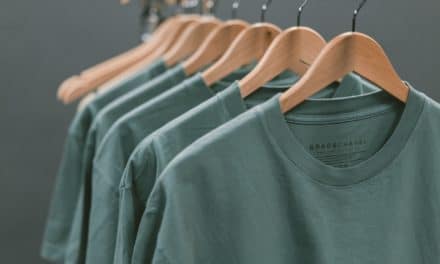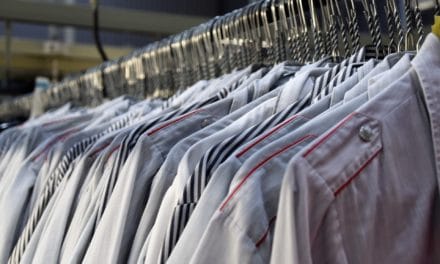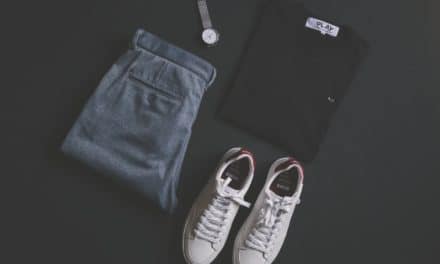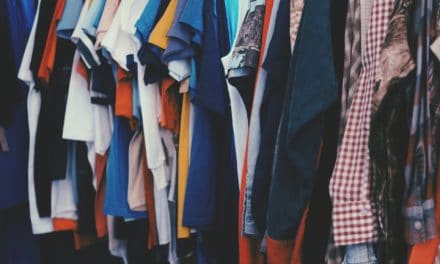[ad_1]
One of the main appeals of snowboarding is the fact that you are taking part in an activity in some of the most dramatically beautiful landscapes on earth, but spending time in mountain regions also exposes you to changeable and potentially harmful climates. As a result it is vitally important that before heading out onto the slopes that you have the correct clothing and equipment to keep you warm, protected and ultimately able to enjoy snowboarding for longer. Ideally your snowboarding clothing should keep you warm, be lightweight and keep you dry by wicking sweat away from your skin. The best way to achieve this is be using the layering method which allows you to react to sudden drops in temperature by adding layers or increases in temperature by taking a layer off. The three layer system is applicable for most winter sports with the base layer trapping warmth and wicking moisture away from your skin, the middle layer, which is usually a clothing or fleece jacket providing additional insulation and the outer layer protecting against the wind and rain. Below is a short guide to what each layer consists of and why it is important in your overall snowboarding equipment.
Base Layer
The base is the layer that is in contact with your skin and is there to trap a layer of air and remove moisture from your skin to keep you both warm and dry. The base layer should cover you from head to toe and as such consist of a long sleeved top, full length leggings and socks made from a moisture wicking material such as polypropylene. Avoid wool combination materials if you are have a low itch tolerance and cotton altogether as it loses all its thermal properties if it gets wet.
Base layer check list:
Thermal Body Shirt – Must have long sleeves and will ideally be made of polypropylene to ensure moisture is transferred away from your skin.
Thermal underwear – Again opt for polypropylene as this will not itch and provides great thermal and anti moisture properties.
Snowboarding Socks – There's nothing worse than having cold feet and protecting your extremities in freezing conditions is of vital importance. Good quality snowboarding socks will not only keep your feet warm, dry and comfortable but also improve the fit of your snowboarding boots and protect against impacts. Your socks should come half way up your calf and shouldn't be too thick as this will encourage sweating.
Second or Middle Layer
The job of the second layer is to trap warm air as you ride and transfer moisture further away from your body as your ride, it can also be used as the outer, protective layer on warmer days. Commonly used materials include wool and fleece with fleece being particular popular due to its lightweight properties and breathable properties which draws moisture towards the outer layer of clothing.
Second layer check list:
Jacket or sweater – Made of either wool or preferably fleece, this should be lightweight and breathable allowing moisture to evaporate through the material. It will not however protect against wind or rain.
Snowboarding Pants – Placed over the top of your base layer, snowboarding pants should have a nice, roomy fit and provide additional warmth and moisture protection with padded areas in the knees and backside area for impact protection and to prevent melting snow seeping through to your base layer.
Snowboarding Boots – Available in regular shoe sizes, snowboarding boots are the link between your snowboard and your feet. As such fit around your feet and ankles is highly important. Take time to try a number of pairs to ensure you get a comfortable and secure fit as a decent pair will last you a while.
Outer Layer
The outer layer of your snowboarding equipment is there to protect you from wind, rain and impacts, prevent moisture from entering and allows moisture to escape from the inner layers.
Outer Layer Checklist:
Beanie, Hat or Helmet – Whatever you use make sure it covers your ears and for impact protection opt for a specialist snowboarding helmet.
Snowboarding Goggles – Snowboarding goggles should protect your eyes from wind, snow, rain and UV. Lenses vary in terms of their light transmission capabilities with different lenses available for different light conditions.
Snowboarding goggle lenses should also have a scratch resistant coating, anti fog coating and 100% UV protection. The goggle frame should fit comfortably to your face with a cushioned foam surround that also removes moisture from your face improving comfort and reducing fogging. Snowboarding goggles have a broad head strap that should fit snugly holding the goggles firmly to your face.
Snowboarding Jacket – Your jacket is your final protective layer against the elements and as such should be wind proof and water repellent. As with the rest of your snowboarding clothing your jacket should be breathable allowing moisture to escape.
Snowboard – Snowboarding is pretty difficult without one but make sure you get a snowboard that is suitable for your dimensions, riding style, experience and budget. Snowboards vary in terms of construction materials, camber, flex, dimensions, effective edge and sidecut so again make sure you try a number out and discuss your requirements with a snowboard supplier before taking the plunge.
Snowboard bindings – Good quality sturdy snowboard bindings are important to ensure your boots are firmly attached to your board. Available in small, medium and large sizes your bindings should be bought in combination with your boots to ensure the most secure fit.
Snowboarding Gloves – Use specifically designed snowboarding gloves with fleece insulated glove liners to protect your hands from snow, ice and impacts. They should be waterproof and have padded and reinforced palms and fingers which are both high impact areas.
When buying any snowboarding apparel ensure that it fits well to prevent chafing and to maintain the breathable nature of the fabrics. Your snowboarding clothing is there to keep you warm, safe and comfortable over long periods in the winter climate and as a result it is worth spending the time and money to ensure you get the best possible equipment.
[ad_2]
Source by Ian Meakin






